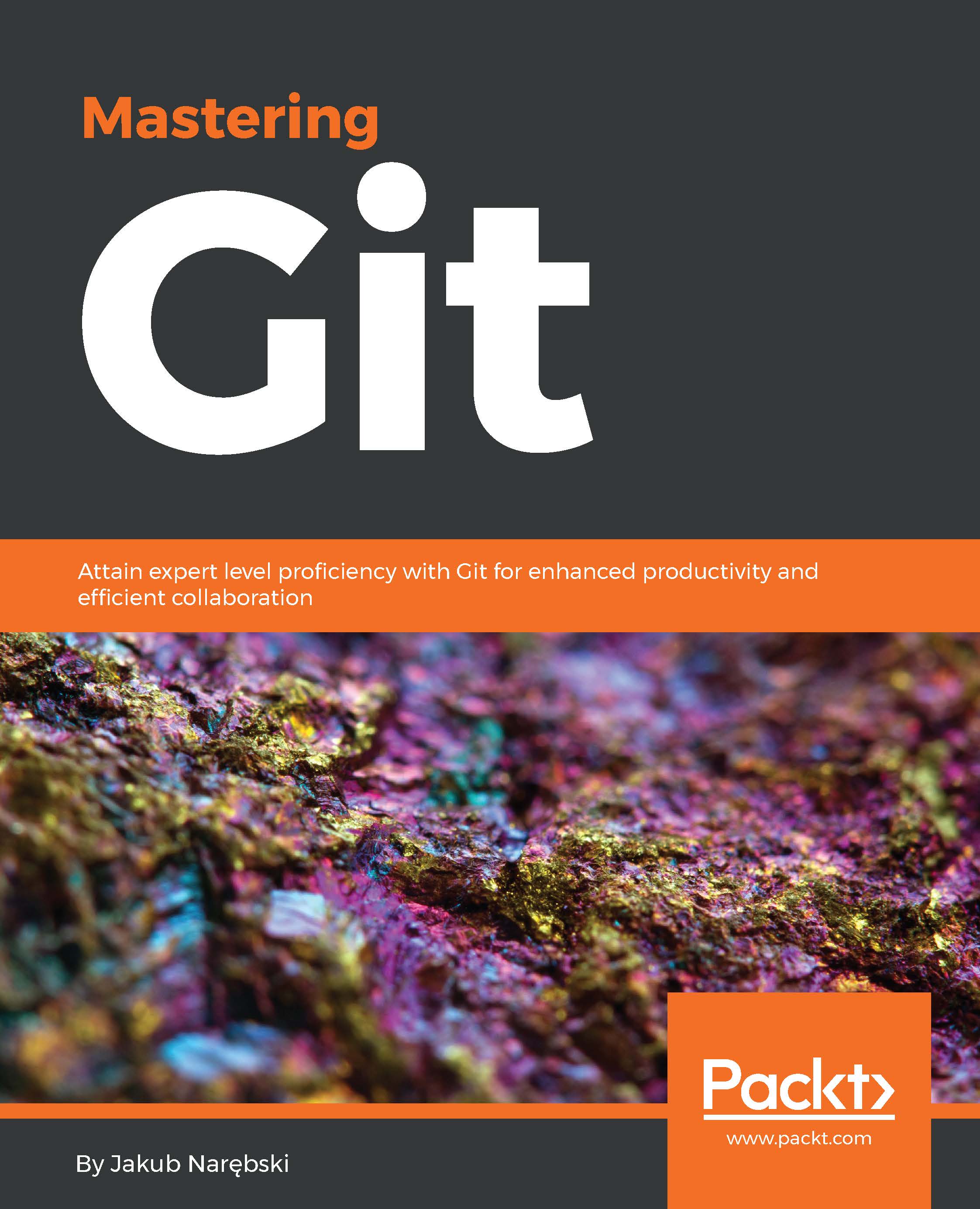-
Book Overview & Buying

-
Table Of Contents

Mastering Git
By :

Mastering Git
By:
Overview of this book
 Free Chapter
Free Chapter
 Sign In
Start Free Trial
Sign In
Start Free Trial

 Free Chapter
Free Chapter
This chapter has shown us how to effectively join two lines of development together, combining commits they gathered since their divergence.
First, we got to know various methods of combining changes: merge, cherry-pick, and rebase. This part focused on explaining how these functionalities work at higher levels: at the level of the DAG of revisions. You learned how merge and rebase works, and what is the difference between them. Some of the more interesting uses of rebase, such as transplanting a topic branch from one long-lived branch to another, were also shown.
Then, you learned what to do in case Git is not able to automatically combine changes, that is, what can be done in the presence of a merge conflict. The important part of this process is to understand how the three-way merge algorithm works, and how the index and the working area are affected in case of conflicts. You now know how to examine failed merges and how to examine proposed resolutions, how to try avoiding conflicts...

Change the font size
Change margin width
Change background colour